Acrylic Painting on Canvas Team Bonding Art Jamming Singapore Visual Arts Centre
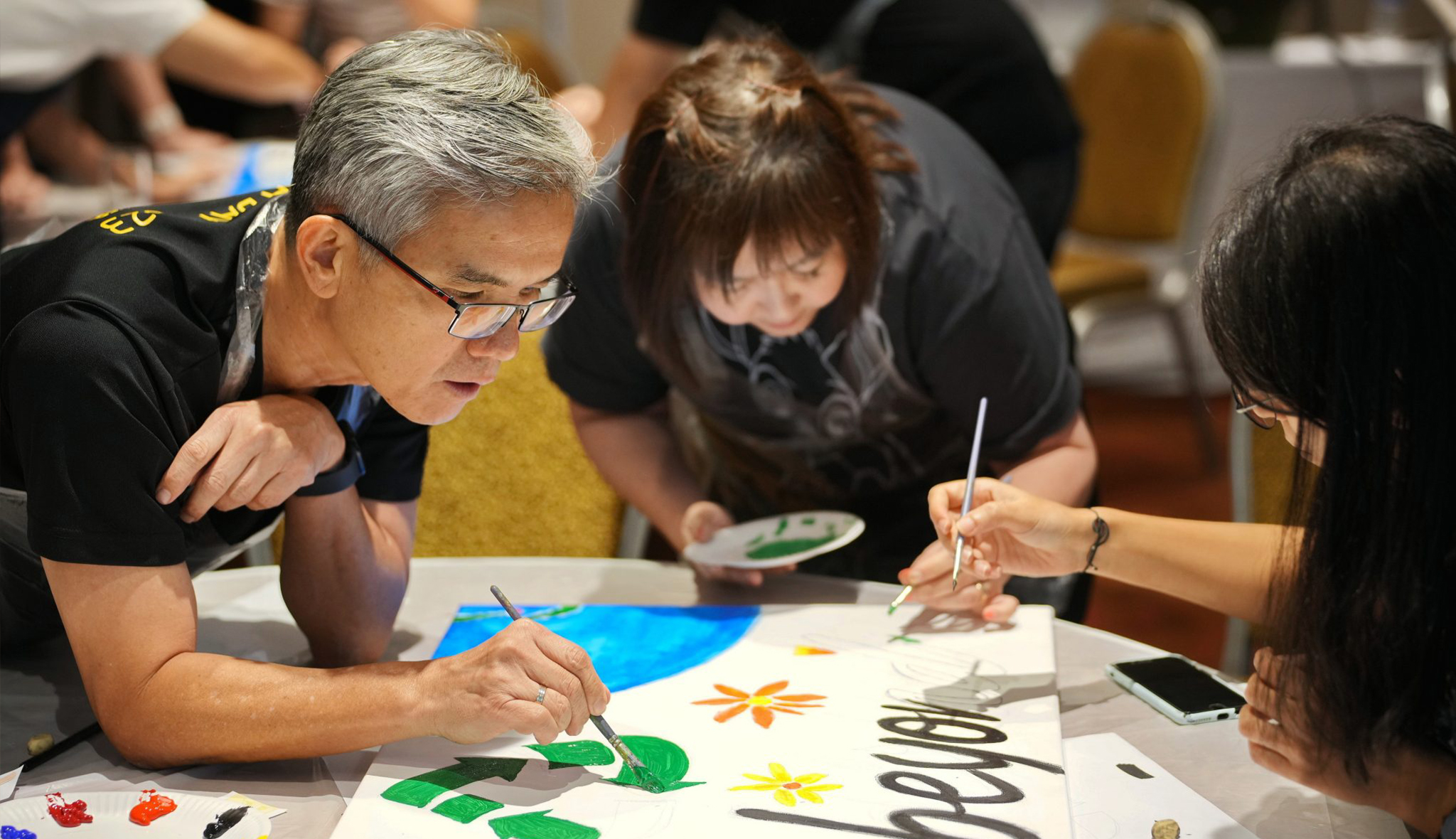
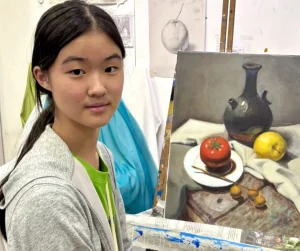





















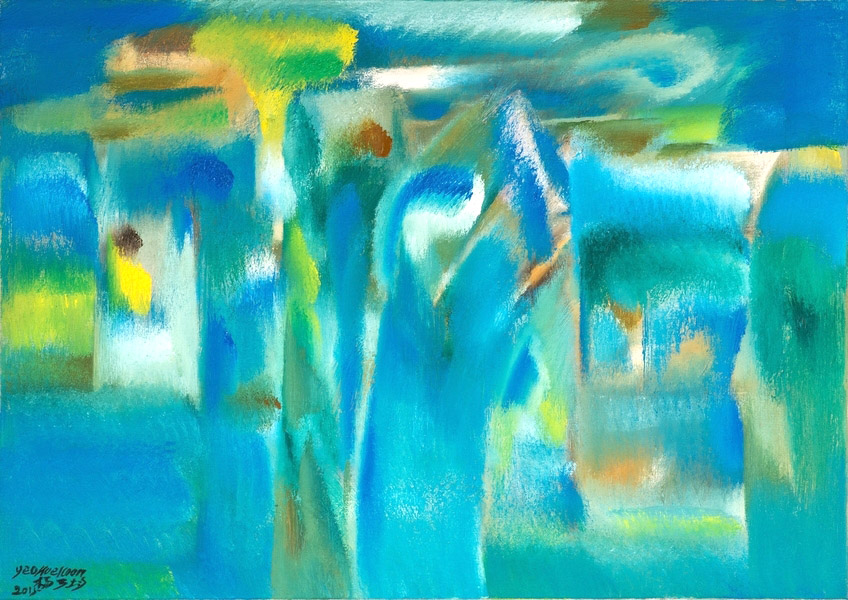
Yeo Hoe Koon
Oil on Canvas
64 x 89.5 cm
Price Range: $16,000 - $20,000
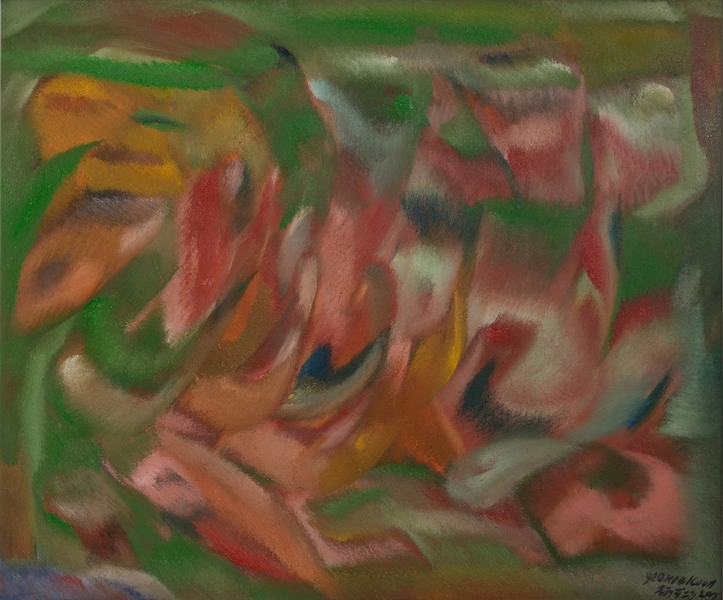
Yeo Hoe Koon
Oil on Canvas
101 x 123 cm
Price Range: $26,000 - $32,000
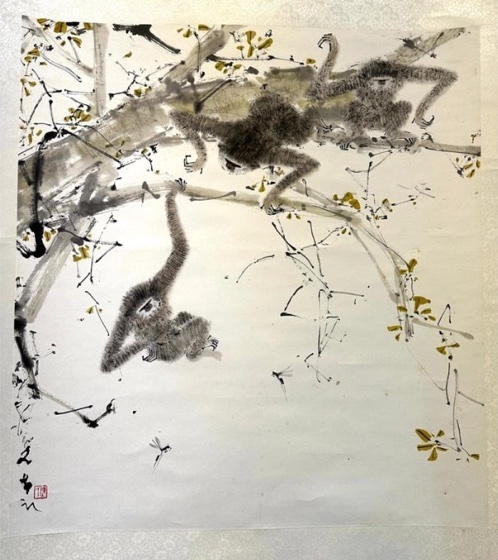
Chen Wen Hsi
Chinese Ink and Color on Paper
50 x 54cm
Price Range: SGD $42,000 - $50,000
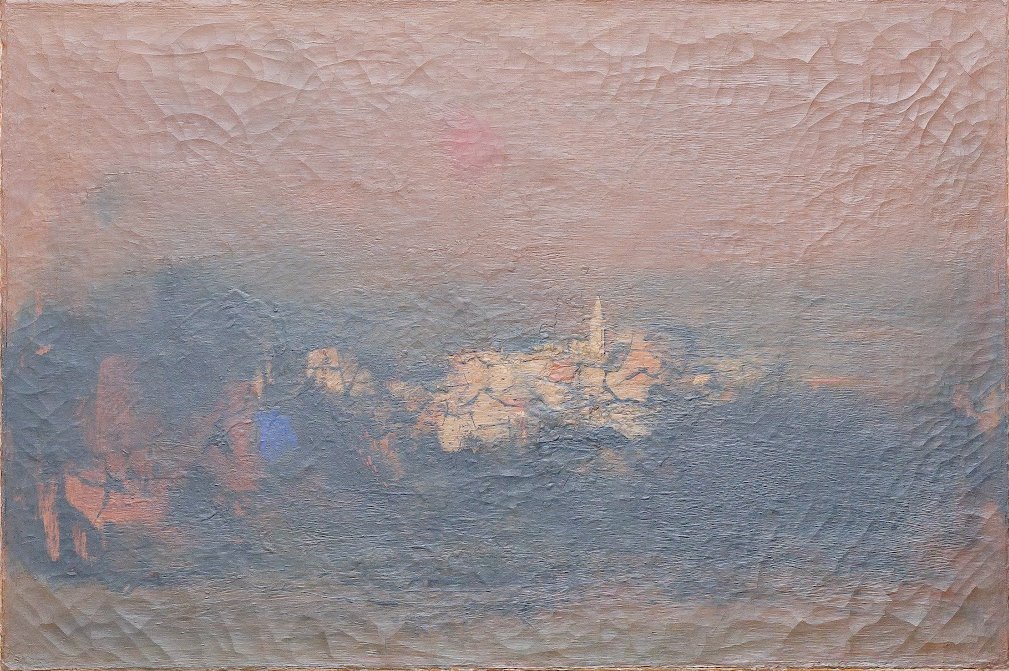
Cheong Soo Pieng
Red Tone
61 x 91.5cm
Price Range: SGD $108,000 - $138,000
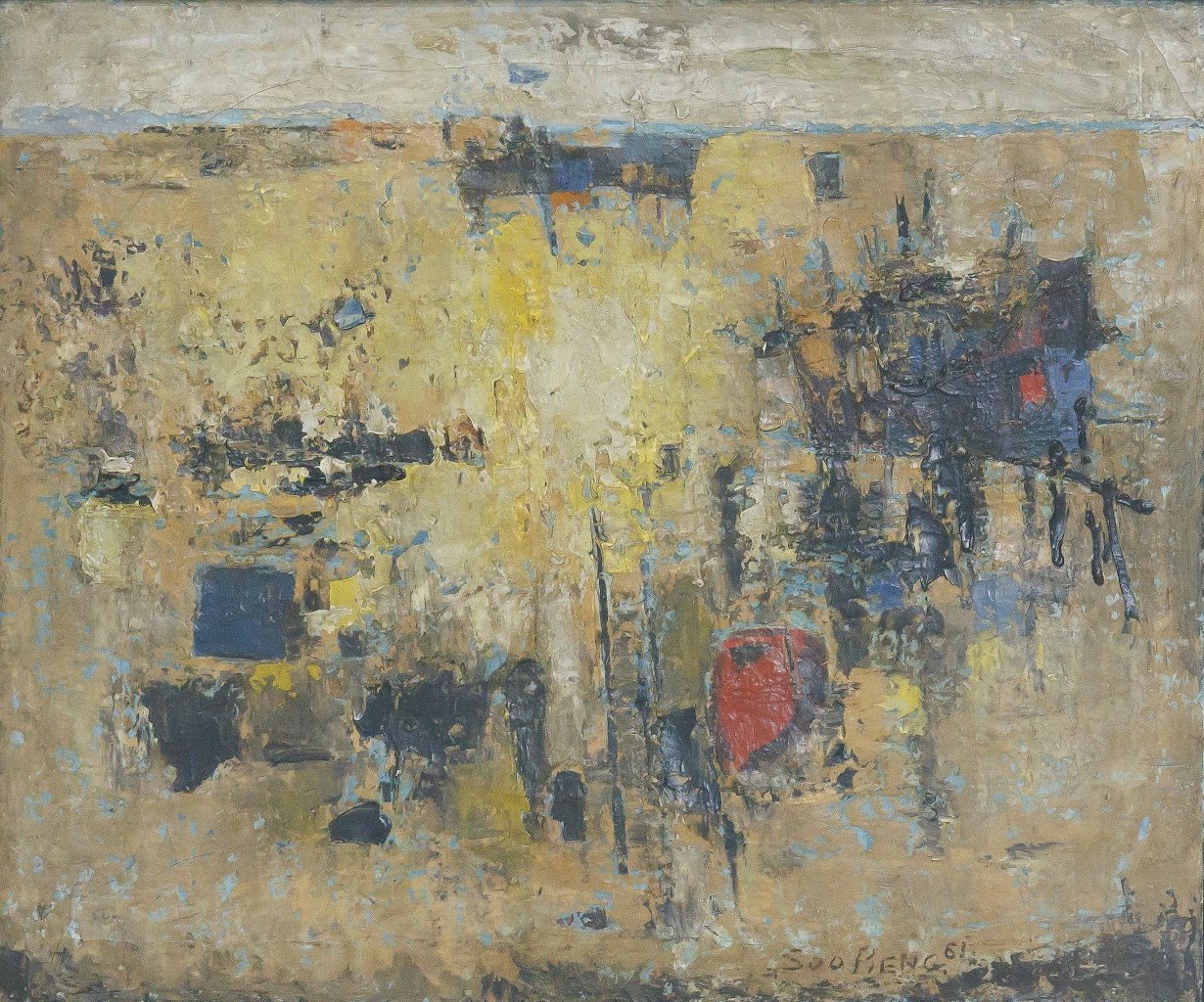
Cheong Soo Pieng
Abstract Landscape
50 x 61cm
Price Range: SGD $95,000 -$128,000
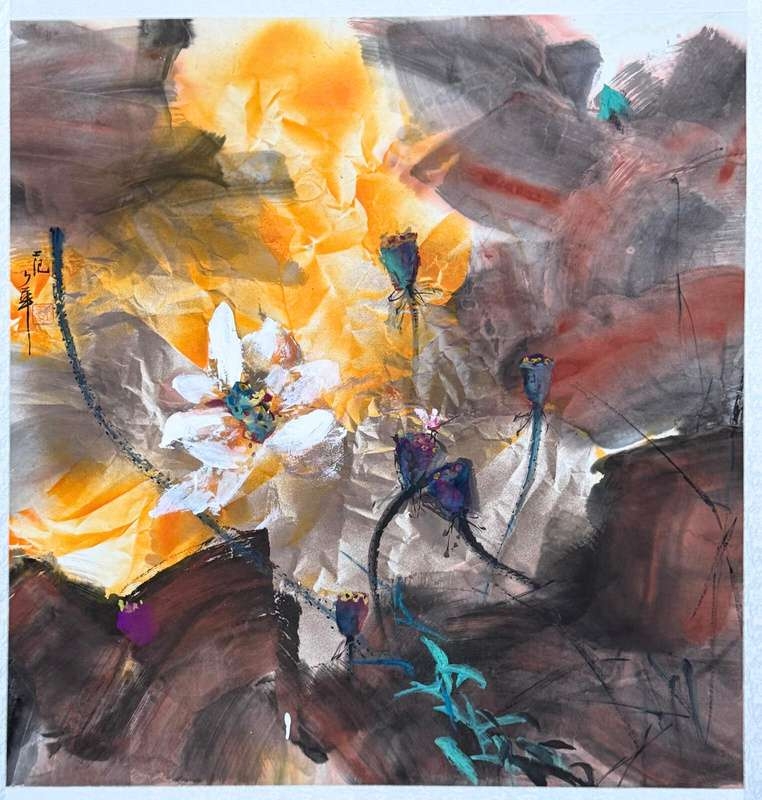
Fan Shao Hua
Chinese Ink and Colour on Paper
100 x 100cm
Price Range: SGD $9,800 - $14,800
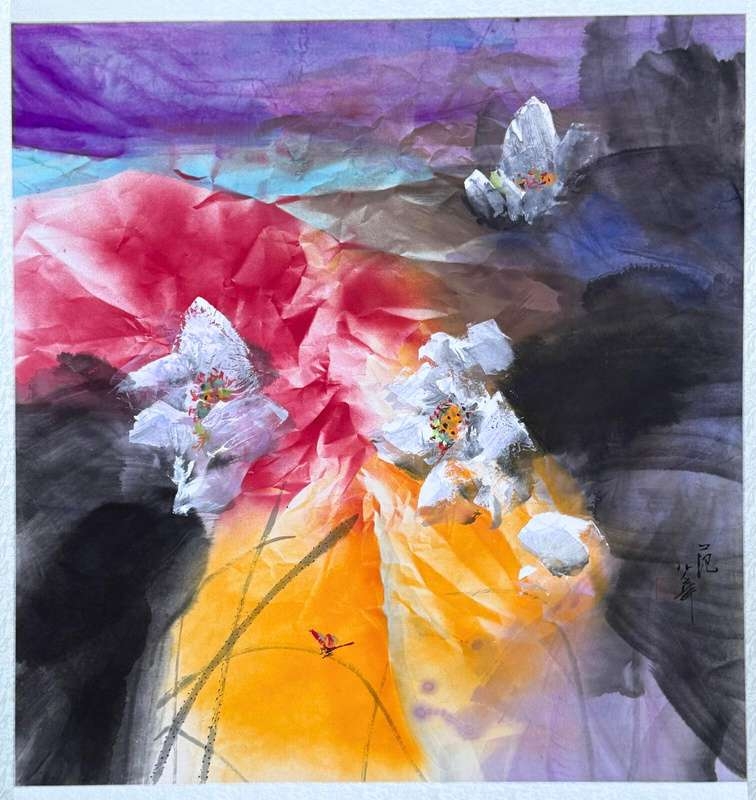
Fan Shao Hua
Chinese Ink and Colour on Paper
100 x 100cm
Price Range: SGD $8,800 - $13,800
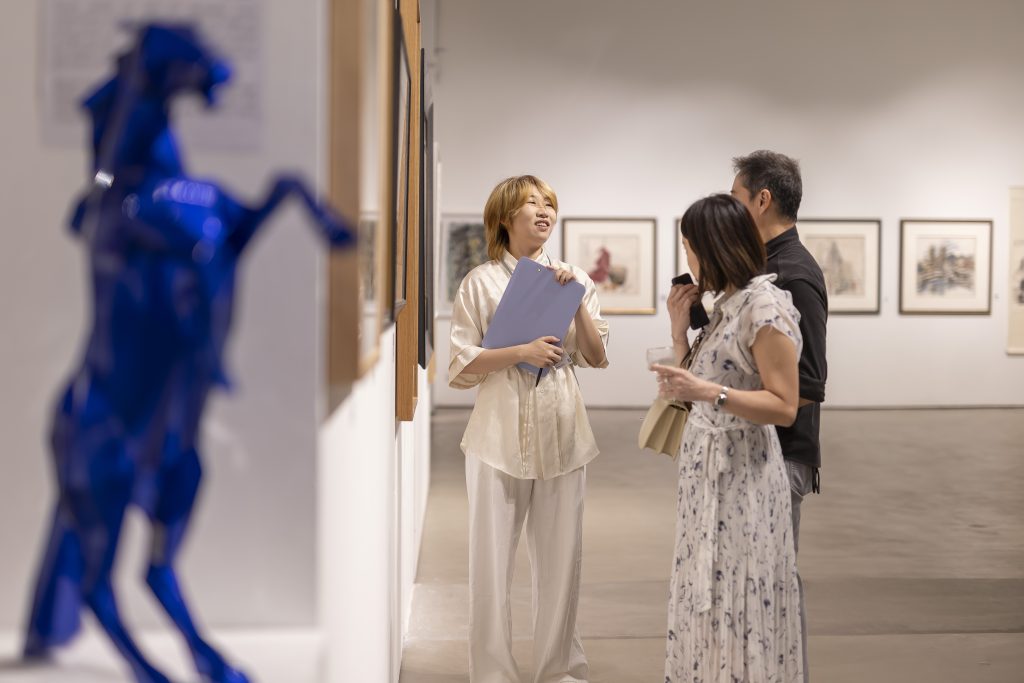
Private Art Sale II (2025) Artspace @ Helutrans
For years, Asia Art Collective is an art advisory and consultancy specialised in Singaporean and Asian modern and contemporary art. Professional art services include providing clients with art advice on artwork purchase and sale, artwork valuation and assessment, art acquisition and collection planning, art sale and brokerage, as well as art commissioning and artwork sourcing. Asia Art Collective seeks to promote a culture of art appreciation and art acquisition and collection for Singapore art, and modern and contemporary Asian art through its diverse and rotating art exhibitions and art appreciation programmes, courses and talks. Enquire with Asia Art Collective for advice and support on your art-collecting journey.
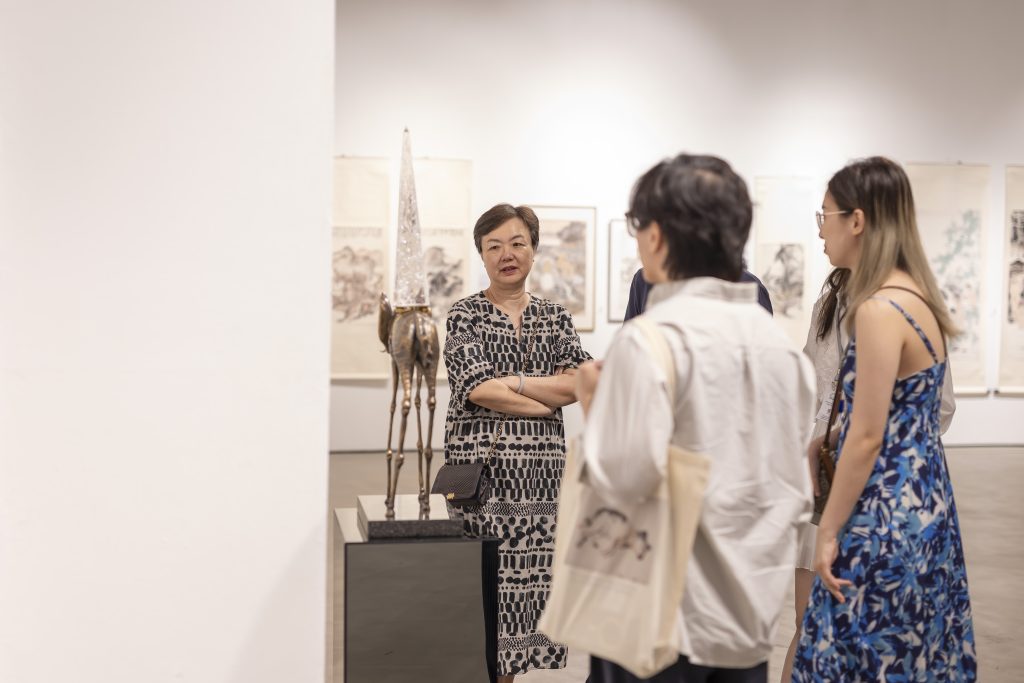
Private Art Sale II (2025) Artspace @ Helutrans
Asia Art Collective has years of experience in the local arts scene, specialising in Singaporean and Asian art. Asia Art Collective provides is art consultancy services that can guide you to make educated choices when building your art collection. If you have any related enquiries, please do not hesitate to contact us for free art consultancy services.
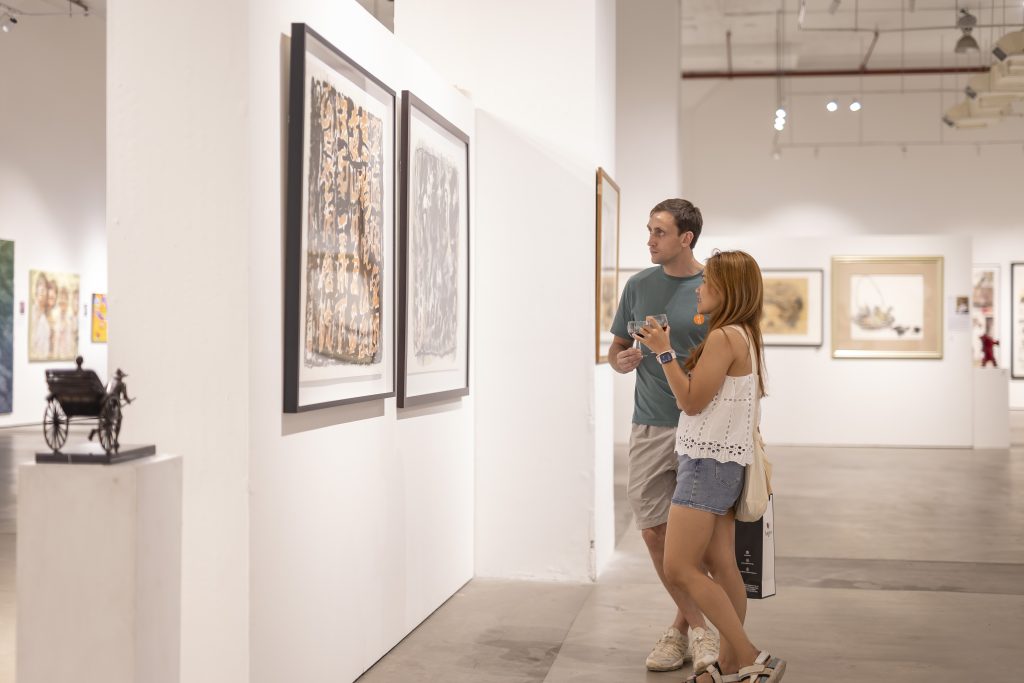
Enquire with Asia Art Collective for advice and support on your art-collecting journey.
Contact Curator for artwork consultancy:
WhatsApp/Call: 62550711 (Office) & 67332155 (Office), 90056716(Iola Liu), 92398226 (Iola Liu)
Email: info@asiaartcollective.com
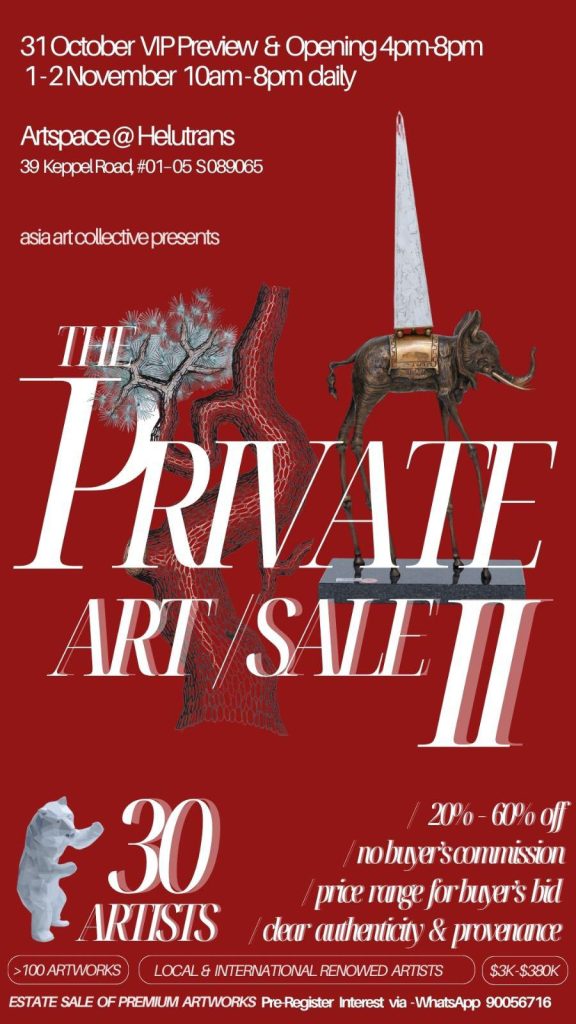
The Private Art Sale II is an exhibition and sale featuring 100 artworks by 30 renowned local and international artists, including a wide variety of subjects and art mediums – from original drawings, watercolour, chinese ink, acrylic and oil painting, and multi-media artworks and sculptures.
The art exhibition and sale provides a rare opportunity for art lovers and collectors to acquire artworks at 20% to 60% off current retail prices. Visit the exhibition from 31 October, 4pm-8pm, and 1-2 November from 10am-8pm, at Artspace @ Helutrans, to admire premium artworks, and enjoy picking up fine art at good prices!
Do contact us below to receive an art catalog, and to RSVP to visit The Private Art Sale II!
[The selection of artworks has been curated and picked from estate collections and esteemed private collections. Do enquire with us on any information you may require.]
Contact Us
Whatsapp/Call: 90056716
Email: info@asiaartcollective.com
Address: 10 Penang Road 01-02 Dhoby Ghaut Green Singapore 238469
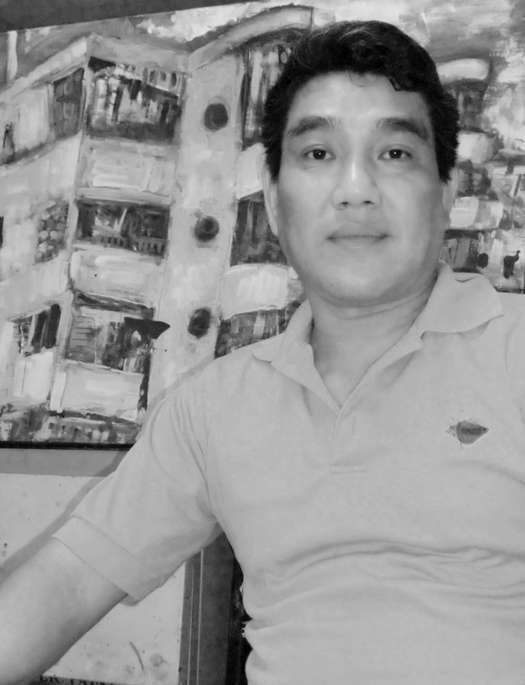
Anthony Chua Say Hua, born in Singapore in 1966, is a contemporary ink painter whose practice bridges Eastern and Western traditions. He trained at the Nanyang Academy of Fine Arts (1989–92), pursued further studies at the Royal Melbourne Institute of Technology (1993–94) and Goldsmiths College, London (1996–97), and completed a fellowship at Vermont Studio Center, USA.
Chua’s works blend Western Modernist aesthetics with the philosophy of Chinese ink painting. Known for his experimental approach, he explores smearing, rubbing, layering, and unconventional tools like peacock feathers. Recognized with the Young Artist Award (2001) and UOB Painting of the Year (2014), he continues to innovate.
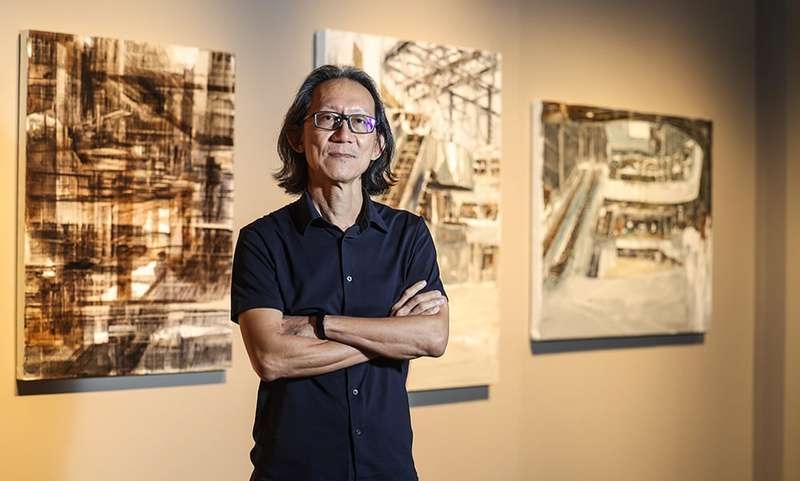
Boo Sze Yang (b. 1965, Singapore) is a contemporary artist known for transforming everyday spaces and objects into evocative reflections on life and the human condition. Trained at the Nanyang Academy of Fine Arts, the University of Reading, and Chelsea College of Art & Design, he works in a gestural style that blends abstraction, narrative, and quiet social commentary. From cathedral interiors to intimate portraits, his subjects are filled with emotion and atmosphere, inviting viewers to pause and reflect.
Over the past three decades, Boo’s works have been shown across Asia, Australia, Europe, and the United States, and are held in collections such as the National Gallery Singapore and the Istana Art Collection. He has received prestigious honours, including the Cultural Medallion (2003) and the Ngee Ann Artist of the Year Award (2022), and continues to paint and exhibit actively, exploring themes that connect the personal with the universal.
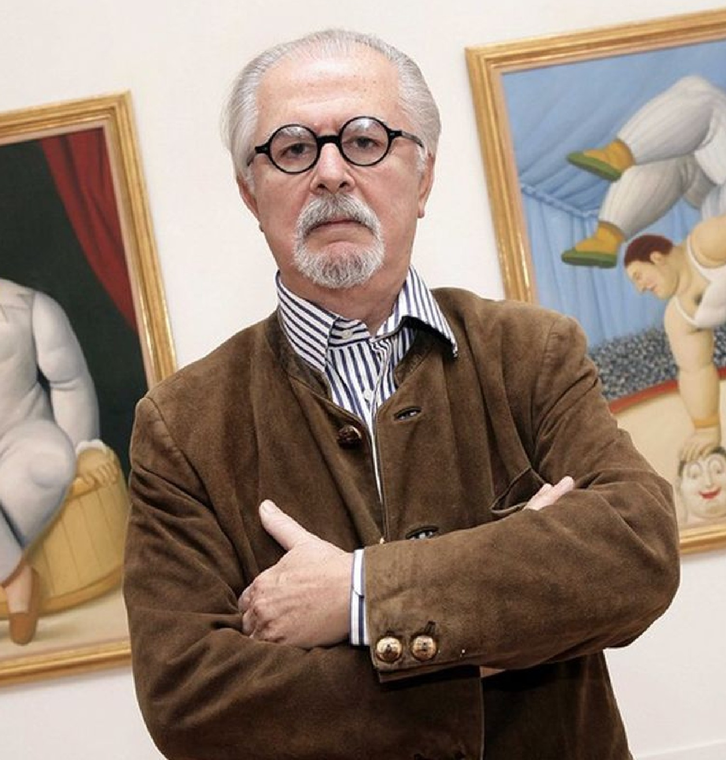
Born in 1932 in Medellin, Colombia, Fernando Botero is an artistic living legend of our times. A prolific artist and creator of the signature style ‘Boterismo’, the artist’s rounded musings have made him a global figure in the contemporary art world, and the artistic ambassador of Colombian pursuit. Rounded from convention, distinctive in spite of the commonplace, and tied to Colombian history and heritage – his curvaceous forms have reached monumental heights and are collected by major museums, corporations and private collectors all over the world, including the United States, Korea, and Mexico City, to name a few.
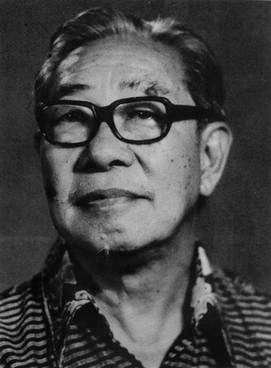
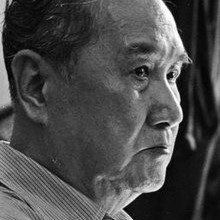
Chen Wen Hsi was a Chinese-born Singaporean painter known for his use of representational imagery as a catalyst for creating abstract shapes and colors.
Influenced by traditional Chinese paintings, the early Cubist works Pablo Picasso, and Paul Klee, Chen created his own vocabulary of forms and colors based in the observation of nature, animals, and man-made structures. Born on September 9, 1906 in Guangdong, China, he studied at the Xinhua Academy of Fine Arts in Shanghai before moving to Singapore in 1948 during the Chinese Civil War. The artist died on December 17, 1991 in Singapore.
Today, his works are in the collection of the Singapore Art Museum.
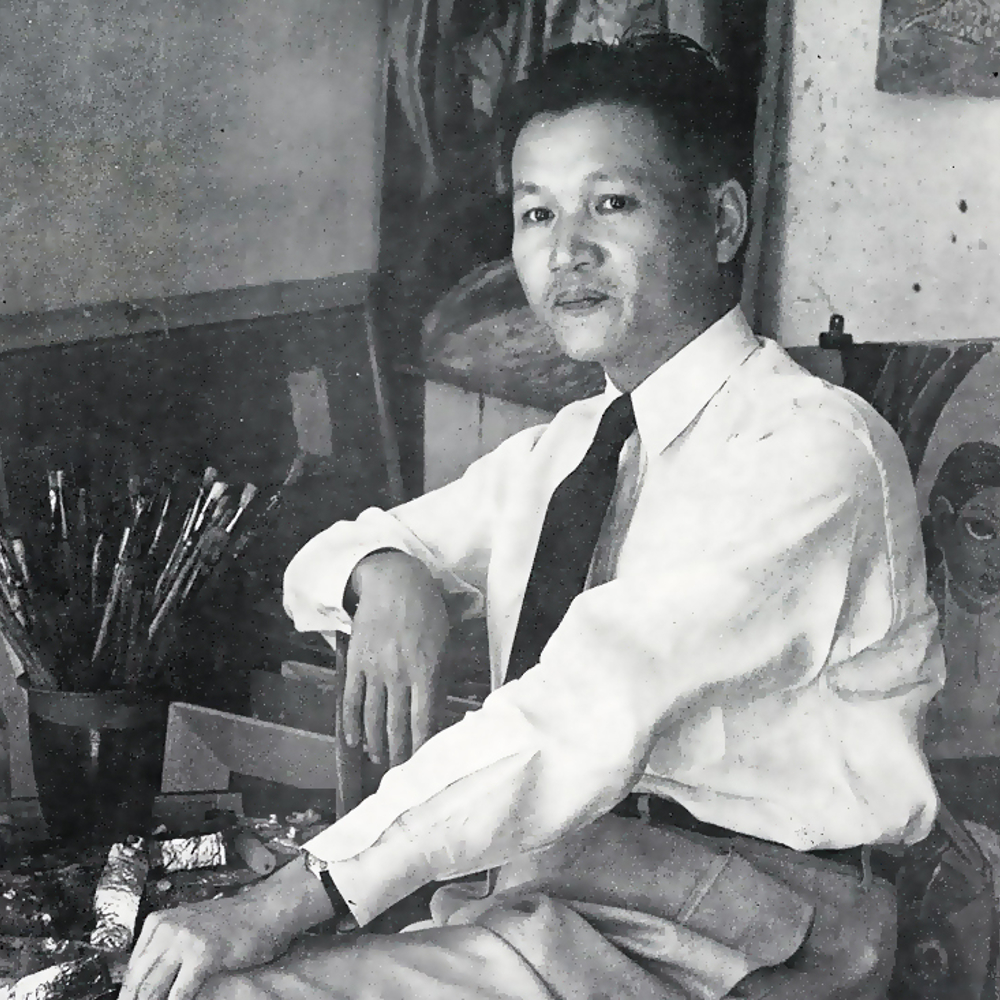
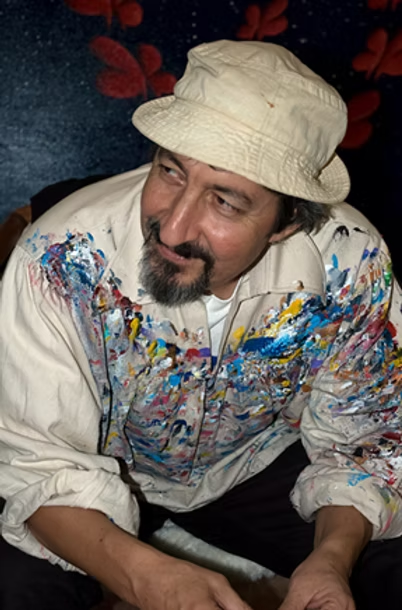
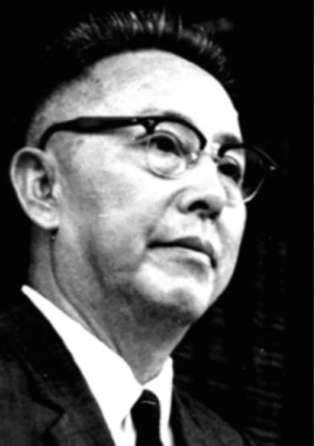
Fan Chang Tien (1907–1987) was a pioneering Chinese ink painter and educator who played a pivotal role in shaping Singapore’s ink art tradition. A graduate of the Xinhua Academy of Fine Arts in Shanghai (1928), he was deeply rooted in the Shanghai School lineage of Wu Chang Shuo, known for modernising Chinese ink with vibrant colour.
After being stranded in Bangkok during China’s civil war, Fan eventually settled in Singapore, where he nurtured a generation of artists—including Chua Ek Kay, Henri Chen Kezhan, and Lim Cher Eng—encouraging them to pursue individual expression. His teaching and vision seeded a flourishing ink movement in Singapore.
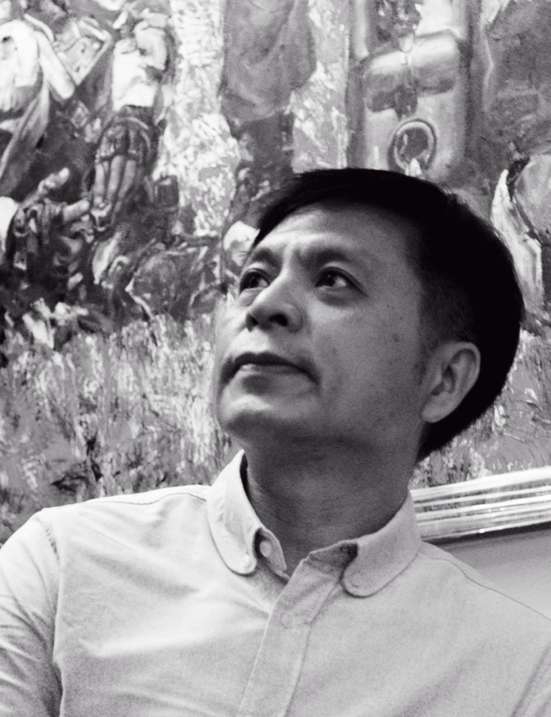
Born in Guangzhou, China in 1963, Fan Shaohua began studying Chinese ink at the age of ten before expanding into Western art at the Fine Arts Training Centre for Children. He graduated with a Bachelor of Fine Arts from the Guangzhou Academy of Fine Arts in 1985 and later lectured at various Chinese universities while developing his practice.
Migrating to Singapore in 1992, Fan launched his first solo exhibition and has since held over 20 across Singapore, China, Japan, and South Korea. Mastering Chinese ink, oil, and watercolour, his works have earned international acclaim, including the UOB Painting of the Year Award (2000) and the International Premium Oil Painting Award (2008).
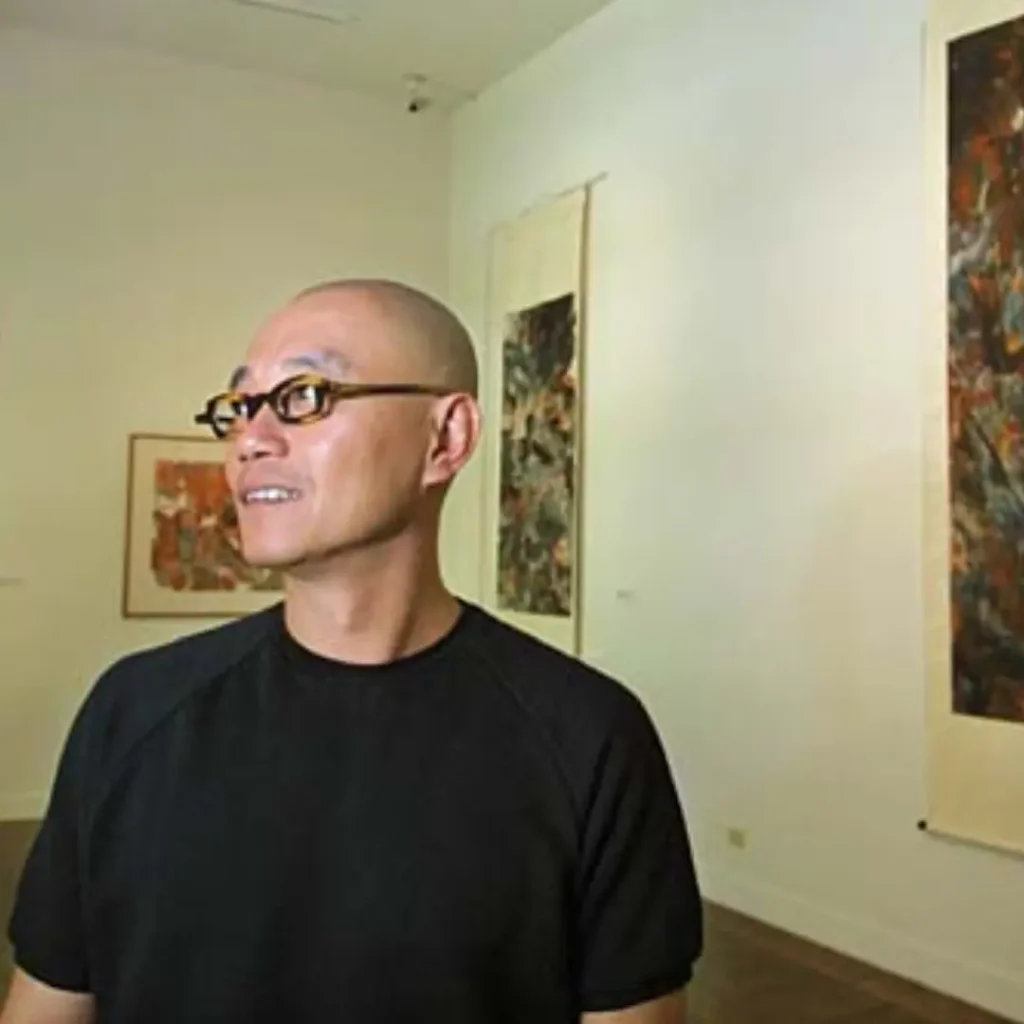
Born in Singapore in 1959, Henri Chen Ke Zhan is a renowned abstract expressionist artist who blends the elegance of traditional Chinese ink painting with the bold gestures of Western contemporary art. A dedicated student of prominent Lingnan masters Fan Chang Tien and Chao Shao An, Chen developed a unique style that harmonizes expressive brushwork with lyrical abstraction. Deeply influenced by music, his creative process often mirrors rhythmic flow, allowing his paintings to carry a sense of movement and emotional resonance.
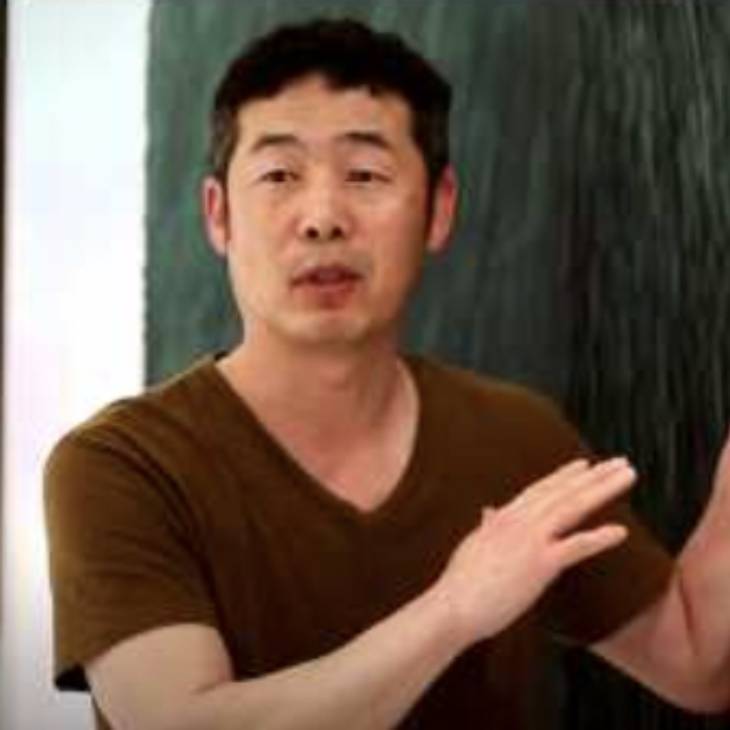
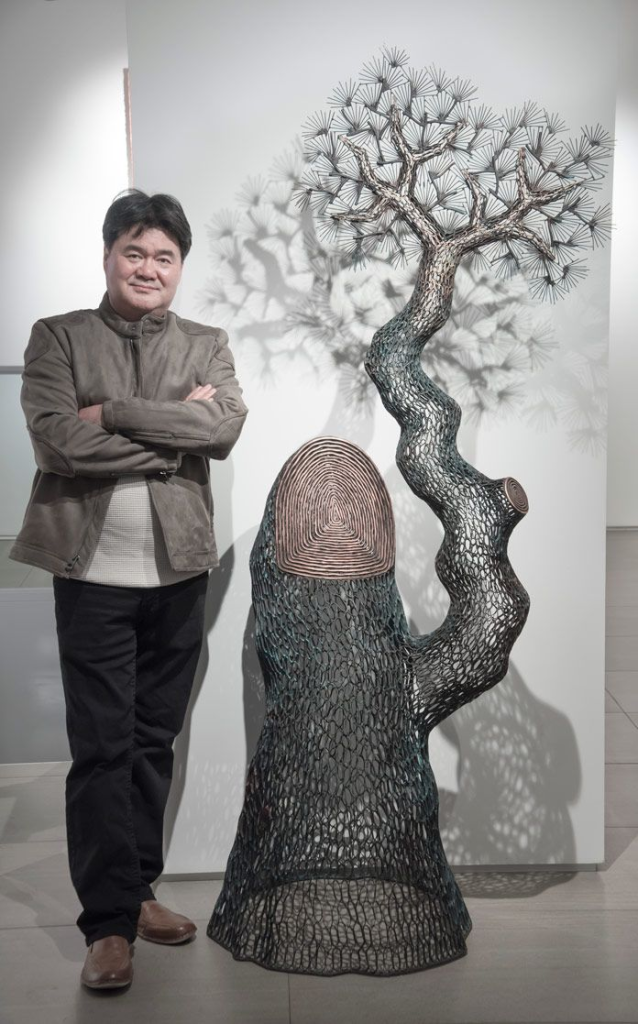
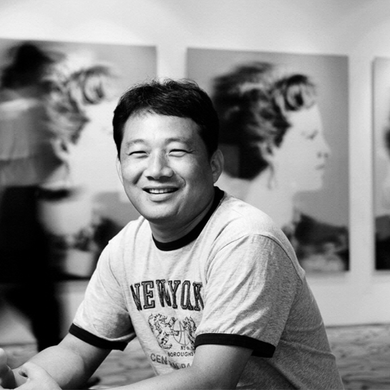
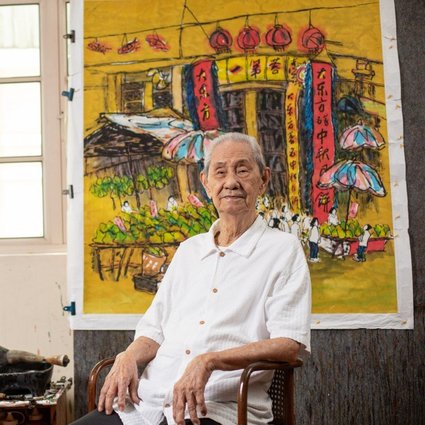
Lim Tze Peng (b.1921) is Singapore’s most prominent living artist and Cultural Medallion recipient. Renowned for his iconic ink paintings of old Singapore and expressive calligraphy, his works are held in major collections including the Singapore Art Museum, affirming his legacy in modern Asian art.
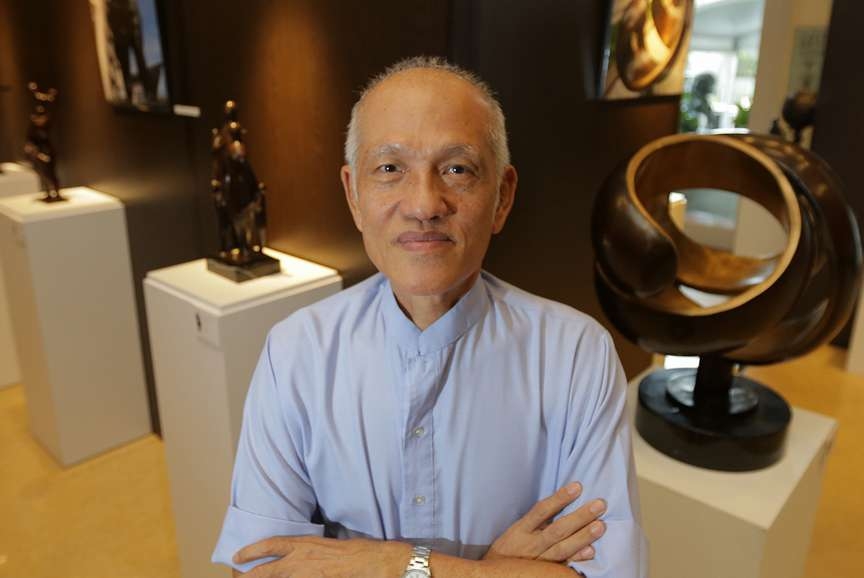
Lim Leong Seng, a Singaporean sculptor and painter, grew up in the 1950s at Island Club Road. At the age of 18, he began studying Buddhist thought and Chinese painting under the guidance of Buddhist Master Venerable Zhumo. He later graduated from the Baharuddin Vocation Institute in 1971 and went on to establish himself as a full-time sculptor in 1990, while also cultivating a diverse range of painting styles.
Inspired by Singapore’s multi-racial heritage, Leong Seng developed the Singapore Multicultural series, with works that reflect the richness of local traditions. One notable piece, Grow Old Along with Me, depicts a Peranakan couple from the 1900s, symbolising lifelong love and companionship as they journey through the passage of time and change.
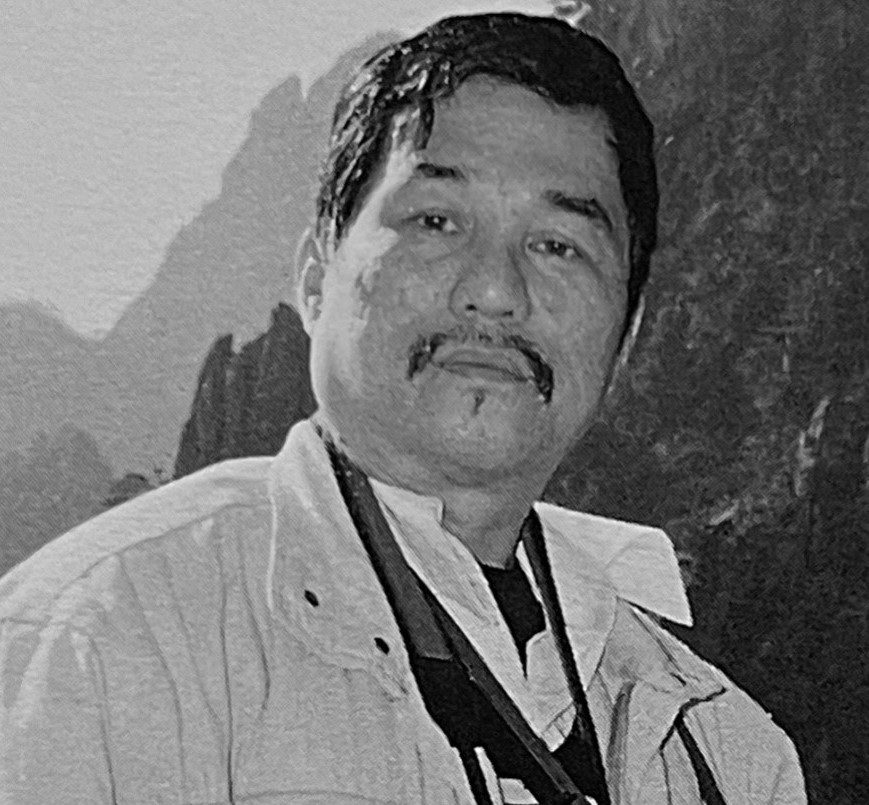
Born in 1940, Ling Cher Eng was a second-generation Singaporean artist. Ling studied Chinese painting under the pioneer artist Fan Chang Tien (1907-1987) from 1957, when he attended Chung Cheng High School. The literati tradition of the Shanghai School of painting as practised by Fan, which can be traced back to the Shanghai School masters Wang Geyi, Wang Yiting, Pan Tianshou and Zhu Wenyun deeply influenced Ling and resonated with his passion for ink painting.
Ling greatly admired Fan and studied under him with determination to master the arts of verse, painting, calligraphy and seal-carving, the four attributes of the literati tradition. Ling’s dedication and perseverance led him to continue his tutelage under Fan for the next thirty years from 1957 to 1987, making him the first and longest disciple of Fan Chang Tien.
Having acquired a strong foundation from Fan’s tutelage, Ling Cher Eng’s works captured the carefree and effortless expressionism of the Shanghai School xieyi style. Ling’s oeuvre spans a wide range of subjects.
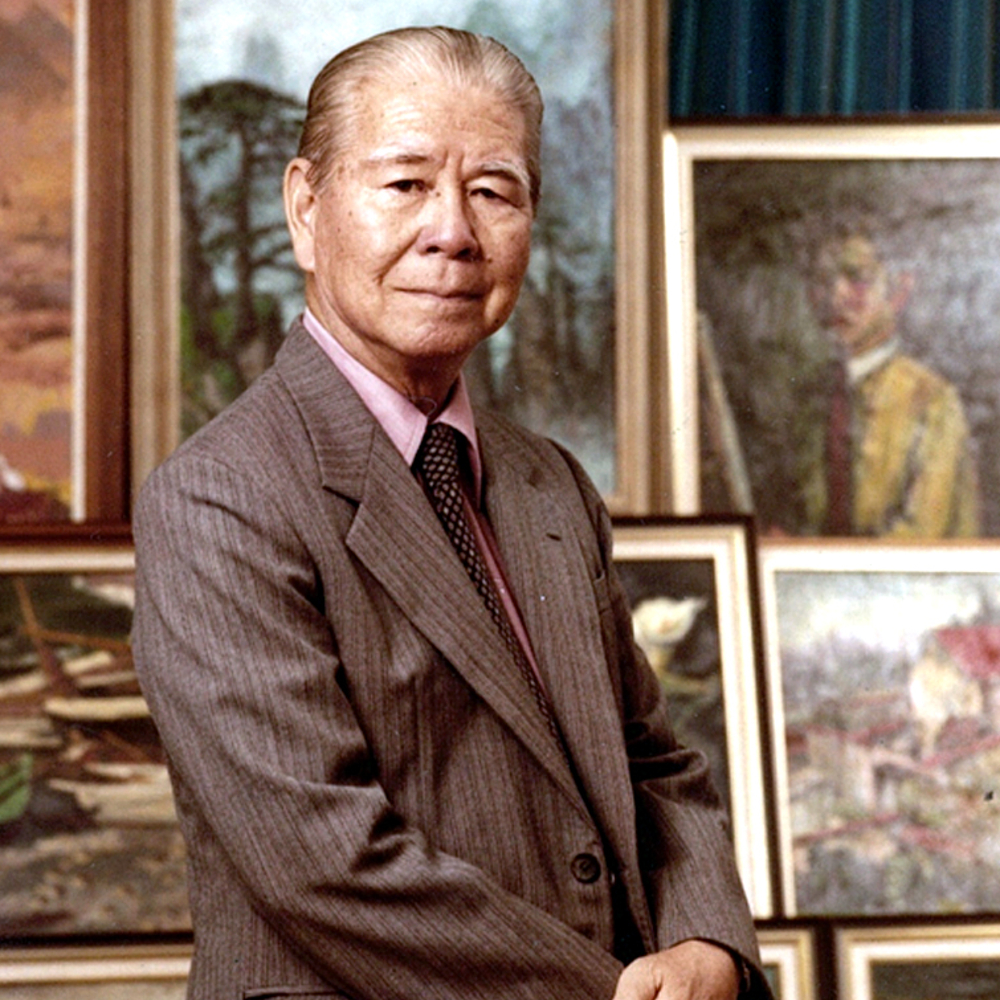
Liu Kang is recognised as one of Singapore’s most influential pioneering first-generation artists. He is best known for his contributions to the Nanyang painting style, which he developed together with his contemporaries after a field trip to Bali in 1952. Many arts scholars have identified the Bali trip as a milestone event contributing to the birth of the Nanyang art style, marking an important juncture in Singapore’s art history.
He had also greatly contributed to the development of art in Singapore. He was a leading figure in the Society of Chinese Artist and the Singapore Art Society, and received the Public Service Star award in 1970, and the Meritorious Service medal in 1996.
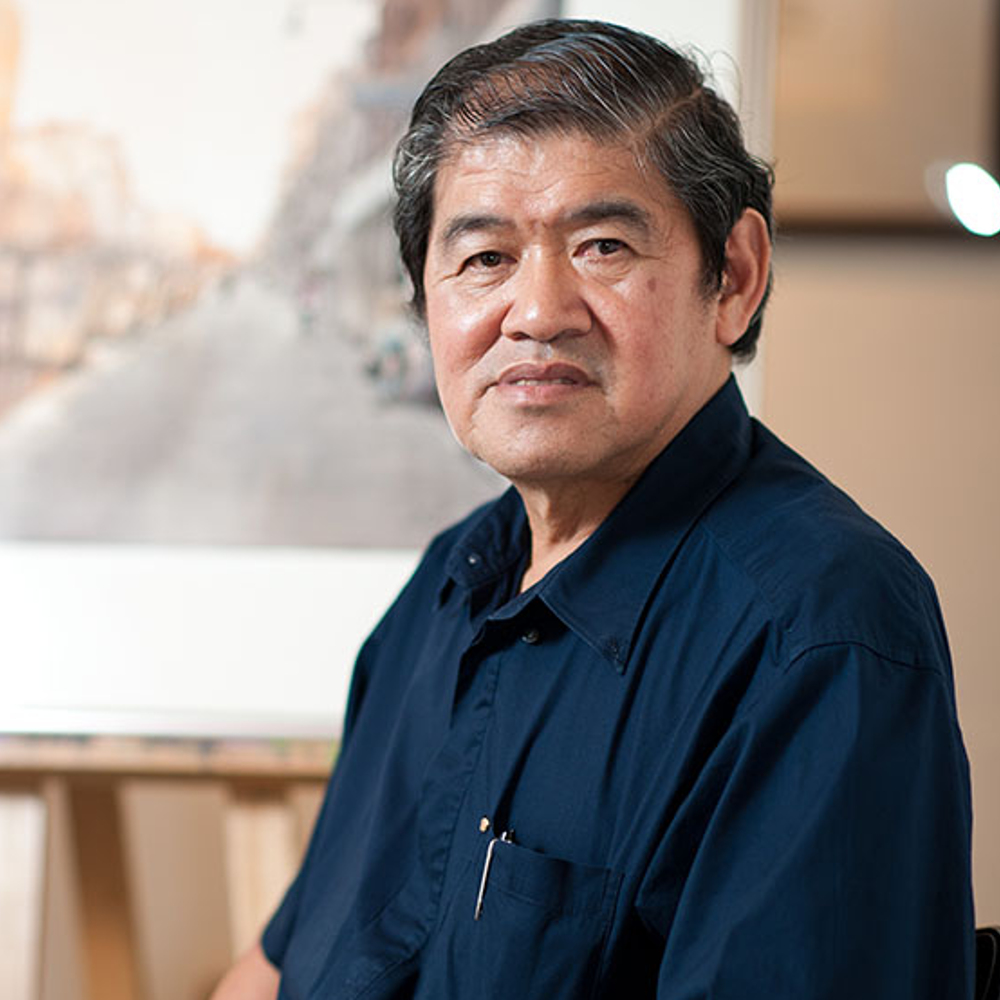
Pie was born in France in 1973, and, growing up in the region of Cannes, discovered his passion for art at an early age. He is an artist who is inspired by the world around him, by society, pop culture, iconic superheroes, luxury brands, political news and much more. With a diverse background as an engineer and entrepreneur, Pie is naturally highly experimental in his artistic exploration. This is reflected in his unique technique, as he mixes mediums and materials such as sketching, painting, aluminum, digital technology and resin to create captivating urban masterpieces that feature vibrant colour palettes and electrifying forms.
The precision and the technicality of his works stemming from his engineering past comes stunningly contrasts the sense of spirited energy and dynamism conveyed by the coloured resins of his dynamic works. To appreciate the nuanced yet contemporary artistic vision of Pie, one must literally dive into his works, which develop inwards like a dive into an abyss.
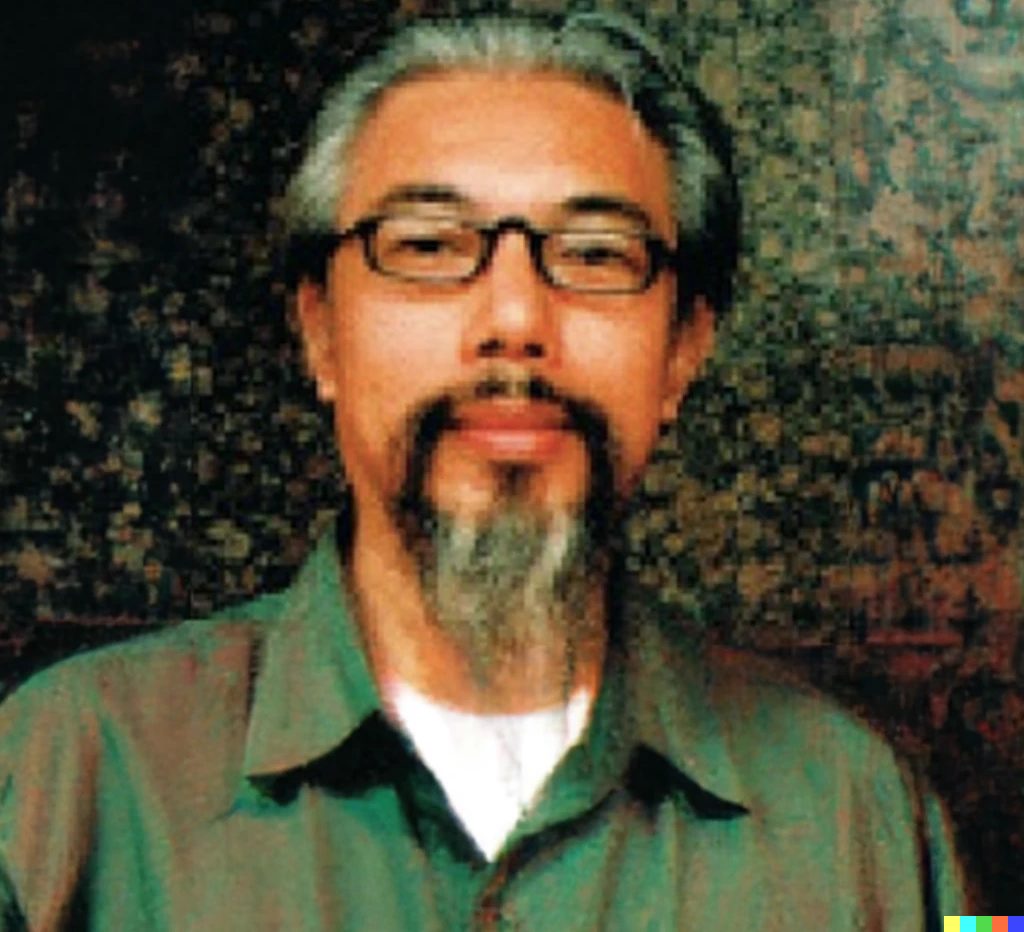
Phua Cheng Phue graduated from the Nanyang Academy of Fine Arts and is proficient in oils, watercolours, Chinese finger-painting, as well as Chinese ink and brush painting. He has received several awards including the National Day Excellence Award in 1976 and the Dr Tan Tsze Chor Award in 1988. Phua’s artworks are collected by corporations and museums.
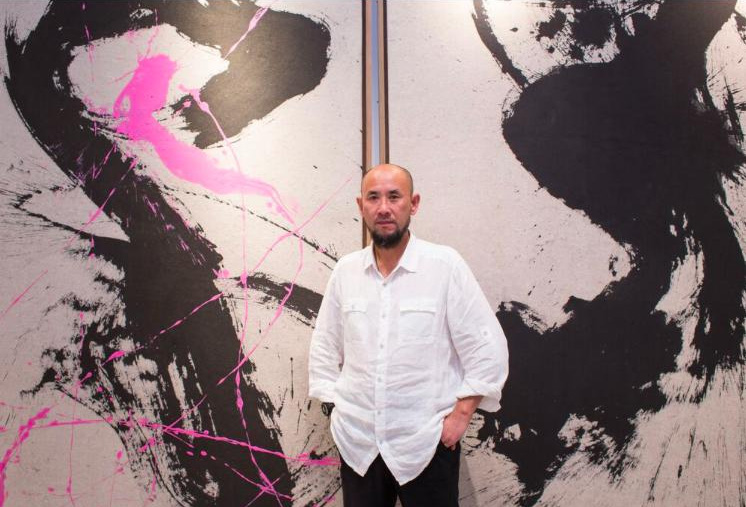
Qin Feng is an iconic modernist ink painter whose work transcends generations to bind Chinese traditions of ink painting and Western Abstract art. Grounded in traditional Chinese brushwork, his expressive compositions serve as bold and dramatic meditations on time and motion. Born in 1961 in Xinjiang, China, Qin graduated from Shangdong Art Institute in China and has won several art awards from the City of Berlin and the Vermont Art Center. He has exhibited in major galleries and museums like the Goedhuis Contemporary, New York, The Beijing Museum of Contemporary Art, China, and The Metropolitan Museum of Art, New York.
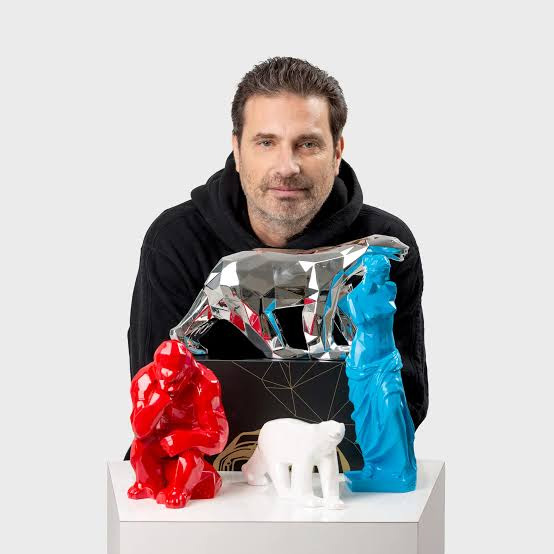
Richard Orlinski has been the best-selling French contemporary artist in the world since 2015. He began his artistic career in 2004, and created his first work, a crocodile in bright red resin, which quickly became an iconic piece of the sculptor’s bestiary. The artist takes his inspiration from pop-culture, everyday objects and the popular. Richard Orlinski quickly developed new sculptures, often animals, all symbols of freedom, power and passion. The result is a series of powerful works, with pop colors and a faceted style that will travel the world.
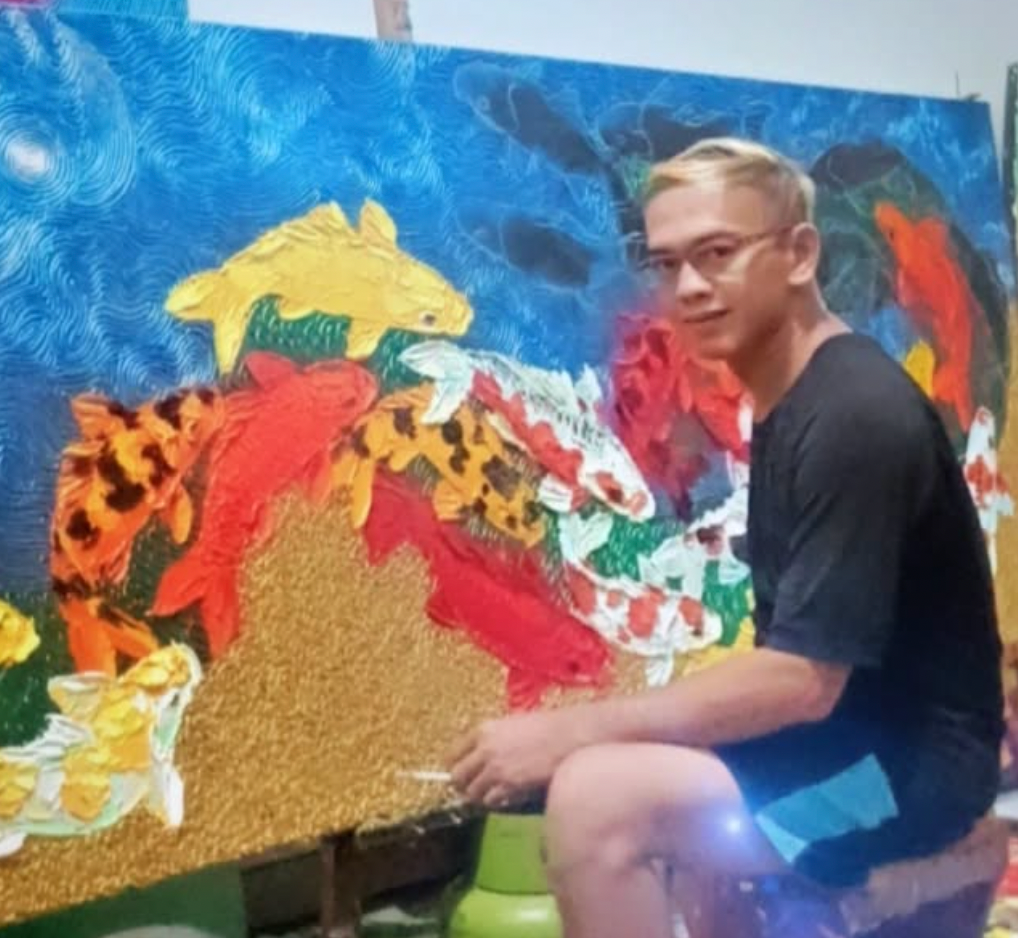
Rujiman was born in 1975 and graduated from the School of Fine Arts in Yogyakarta. He currently stays in Indonesia. Known as the ‘Koi Fish painter’, Rujiman’s abstract oil paintings are heavily impasto-ed, which adds great energy to his subject matter. He transfers the movements, color schemes and implications of Koi fish from his memory onto canvas using a pallet knife, and captures a style that spans abstract to semi-abstract to Impressionism. The artist has shown much cultural achievement as a fish painter and is skilled in connecting aesthetics with Asian philosophy. He is highly recognized in Indonesia and is rapidly gaining popularity for his style.
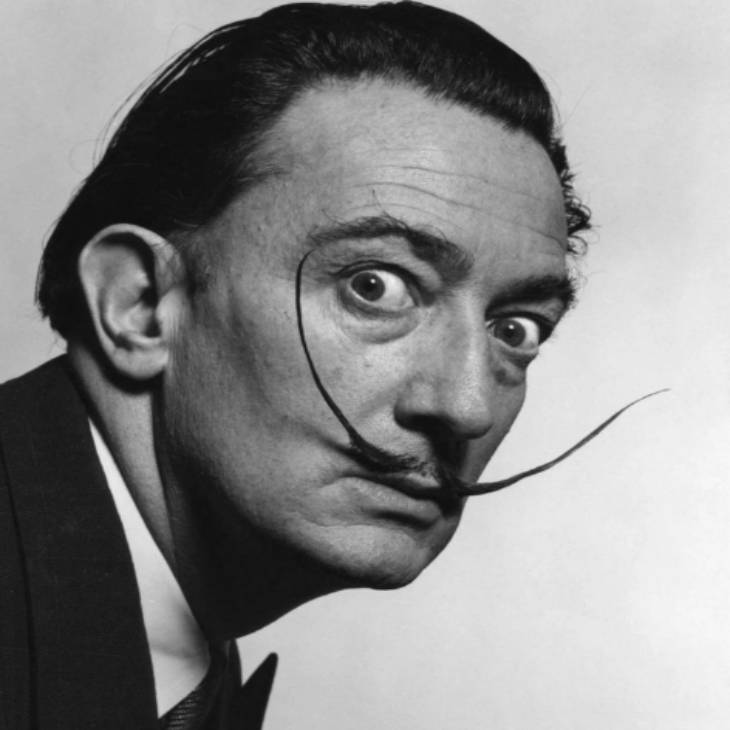
Born on May 11, 1904, in Figueres, Spain, Salvador Dalí’s eccentric nature and talent for self-promotion made him the most famous representative of the surrealist movement and one of the most widely recognised artists in the world. Identified as an artistic prodigy from a tender age, Dalí attended the drawing school at the Colegio de Hermanos Maristas and the Instituto in Figueres, Spain in 1916. In 1922, he enrolled in the Academia de San Fernando in Madrid and received recognition during his first solo show held in Barcelona in 1925. Dalí became internationally known after the third annual Carnegie International Exhibition in Pittsburgh in 1928 and grew to immense notoriety and fame. Today, his sculptures and paintings are exhibited in the most prestigious museums in the world and part of many coveted private and public collections.
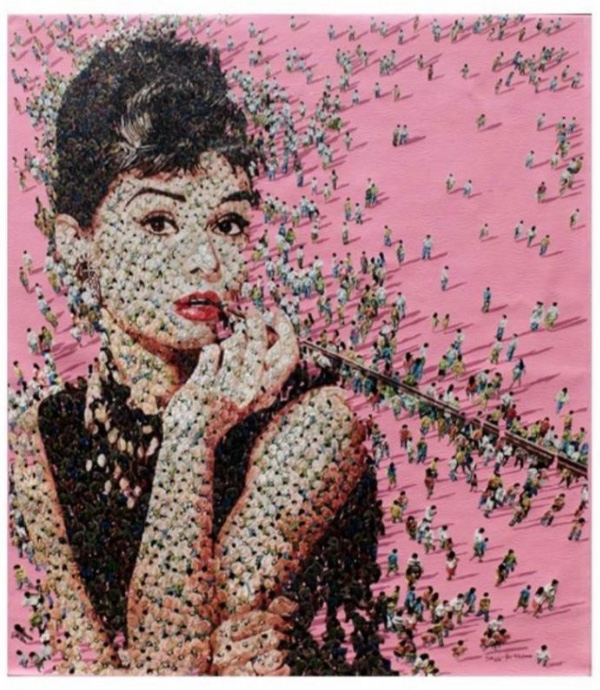
Trained at the Institute of Arts in Yogyakarta, Syaiful Rachman is one of the most talented artists to emerge from the contemporary Indonesian art scene. His incredible precision and ability to use mass culture to bring together human objects has not only won him numerous awards but also substantial critical acclaim
Syaiful’s particular fascination with celebrities and prominent figures is derived from the conviction that they are the ‘nodes’ of various things – persona, popularity and even power, all of which are manifested in every human subject.
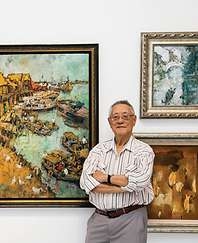
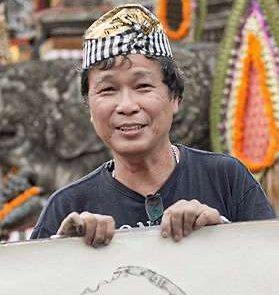
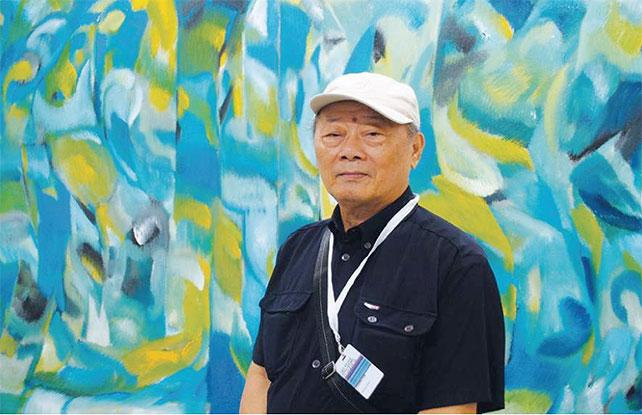
Born in 1935 in Hainan, China, and later settling in Singapore, Yeo Hoe Koon is widely recognised as one of Singapore’s pioneering second generation artists. After graduating from the Nanyang Academy of Fine Arts (NAFA), Yeo furthered his studies at the renowned École Nationale Supérieure des Beaux-Arts in Paris, where he immersed himself in the world of European modernism.
This journey between cultures has shaped Yeo’s unique artistic voice. His works reflect a refined blend of Eastern and Western influences, expressed with sensitivity, confidence, and a deep understanding of both traditions. Over the years, his work has been featured in major exhibitions both in Singapore and internationally, and he is respected as a master whose contributions have played an important role in shaping Singapore’s modern art landscape.
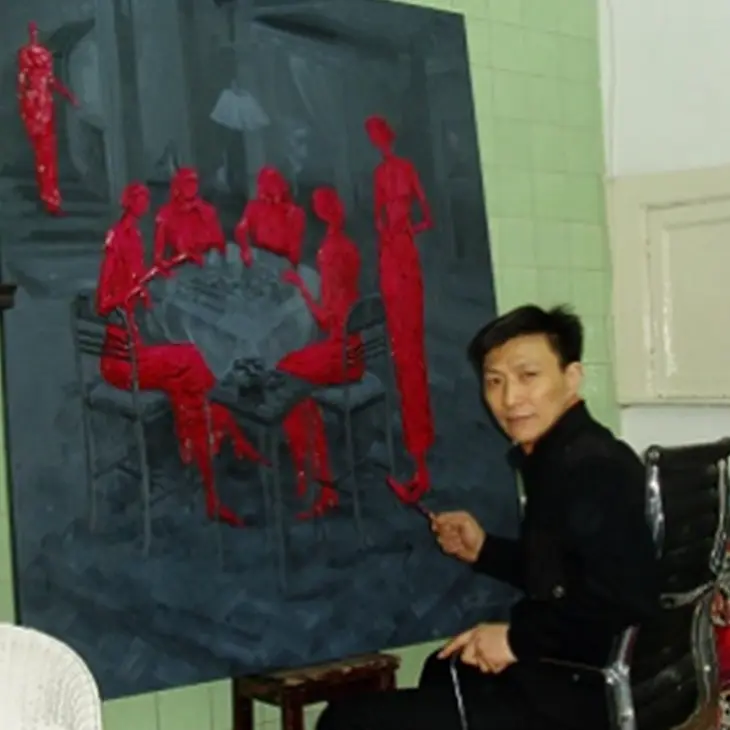
Yu Nancheng, born in 1956 in Changzhou, Jiangsu Province, has made significant contributions to the art world over his 40+ year career. Currently based in Shanghai, his works have been exhibited extensively across China and internationally, with collections in the U.S., Germany, Switzerland, France, England, Japan, and various Middle Eastern countries. Yu’s innovative use of palette knife application to create layered textures has transformed Chinese oil painting, blending traditional Chinese and Western techniques to define his distinctive style.
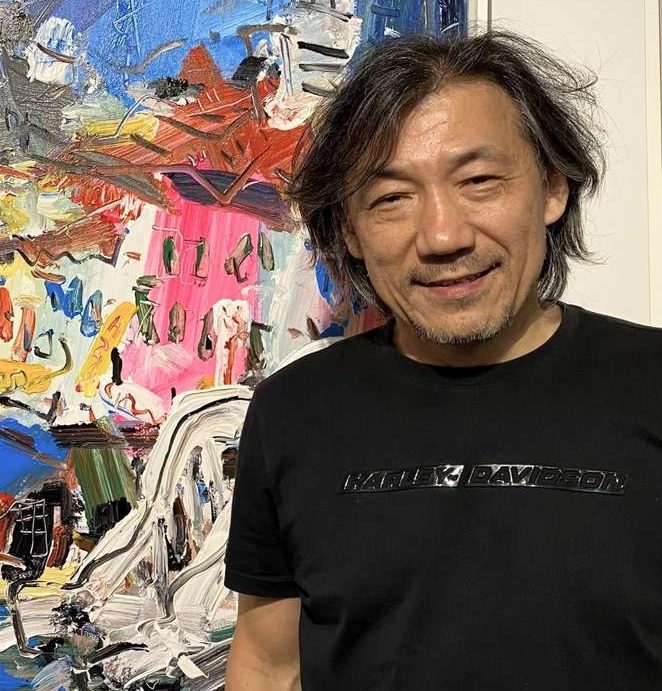
Click and get to our WhatsApp
Embark on a captivating journey into the vibrant world of digital art! Our Foundation in Digital Art workshop invites budding creatives aged nine and above to unleash their imagination and hone their artistic skills in a dynamic, supportive environment. From mastering basic digital tools to crafting mesmerizing digital masterpieces, children will explore a spectrum of techniques guided by seasoned mentors. Through hands-on activities and interactive sessions, participants will discover the endless possibilities of digital expression while fostering creativity and critical thinking. Join us for an exhilarating adventure where young artists transform ideas into stunning visual realities, igniting a passion for digital art
In the Batik Introduction Handkerchief Painting workshop, participants will learn the traditional art of batik, a wax-resist dyeing technique originating from Indonesia. The workshop begins with a brief history and overview of batik, highlighting its cultural significance and various techniques. Participants will then observe a demonstration of applying wax with tjanting tools and dyeing the fabric. Following the demonstration, each participant will design and create their own batik handkerchief, applying wax to create patterns and then dyeing their fabric. The workshop concludes with a group discussion, allowing participants to share their creations and reflect on their learning experience.